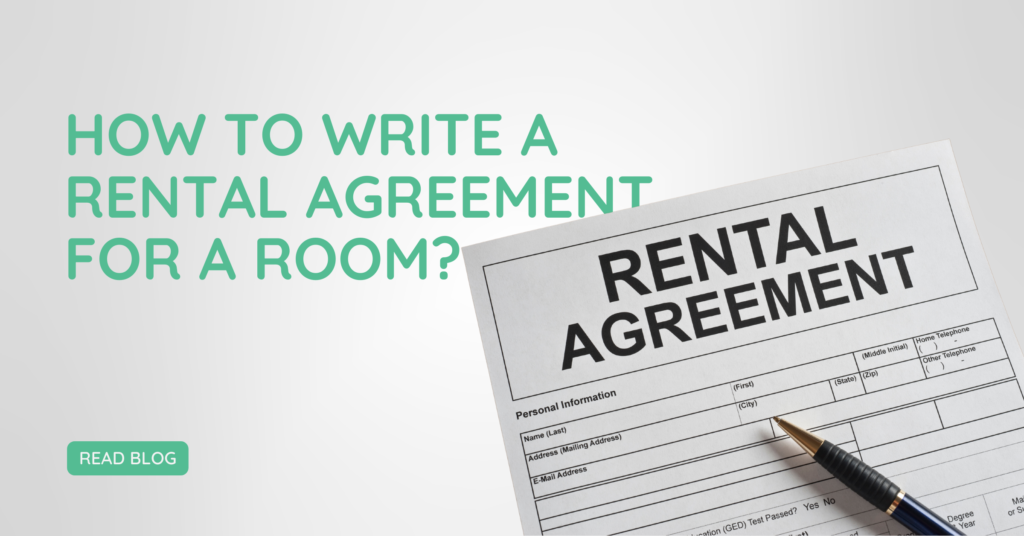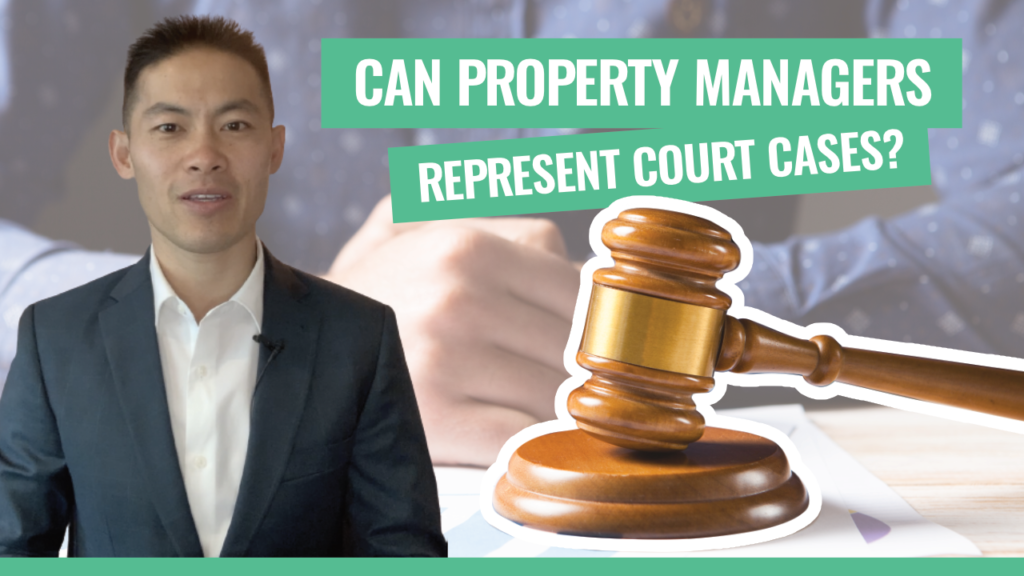How to Write a Rental Agreement for a Room
Reading Time: 4 minutesA rental agreement is a crucial document that outlines the terms and conditions between a landlord and a tenant. When renting out a room, a clear and detailed agreement helps prevent misunderstandings and protects both parties’ rights. This guide will walk you through the essential components of a rental agreement for a room, ensuring you…

A rental agreement is a crucial document that outlines the terms and conditions between a landlord and a tenant. When renting out a room, a clear and detailed agreement helps prevent misunderstandings and protects both parties’ rights. This guide will walk you through the essential components of a rental agreement for a room, ensuring you cover all necessary aspects.
Table of Contents
Writing A Rental Agreement

Creating a rental agreement is essential when renting out a room, whether it’s in your home or a separate property. This document sets the foundation for the landlord-tenant relationship by clearly defining the rights and responsibilities of each party. Here’s a step-by-step guide on how to write a comprehensive rental agreement for a room.
1. Basic Information
Parties Involved
Start by clearly identifying the landlord and the tenant.
- Landlord’s Name and Contact Information: Include the full name, address, and phone number of the landlord.
- Tenant’s Name and Contact Information: Include the full name, address, and phone number of the tenant.
Property Details
Provide specific details about the property and the room being rented.
- Address of the Property: State the complete address of the property.
- Description of the Rented Room: Describe the room, including its size, location within the property, and any furnishings or amenities included.
2. Terms of the Agreement
Lease Duration
Specify the length of the lease.
- Start Date: Indicate the date when the tenant will move in.
- End Date or Month-to-Month Terms: State the lease’s end date or specify if the agreement is month-to-month.
Rent Details
Outline the financial terms of the agreement.
- Monthly Rent Amount: Clearly state the rent amount to be paid each month.
- Due Date and Payment Method: Specify the due date for rent payments and acceptable payment methods (e.g., bank transfer, check).
- Late Fees and Grace Periods: Detail any late fees applicable if rent is not paid on time and any grace period before the late fees are imposed.
3. Security Deposit
- Amount Required: State the amount of the security deposit required before the tenant moves in.
- Conditions for Return: Explain the conditions under which the security deposit will be returned.
- Deductions for Damages: List potential reasons for deductions from the security deposit, such as damages beyond normal wear and tear.
4. Utilities and Other Expenses
- Included Utilities: Specify which utilities are included in the rent (e.g., water, electricity, internet).
- Tenant’s Responsibility for Additional Utilities: Clarify any utilities the tenant is responsible for paying separately.
- Payment Procedures for Shared Utilities: Explain how shared utility costs will be divided and paid.
5. House Rules and Regulations
- Use of Common Areas: Define the tenant’s access to and use of common areas like the kitchen, living room, and bathroom.
- Noise Levels and Quiet Hours: Set rules regarding noise levels and establish quiet hours to ensure a peaceful living environment.
- Guest Policies: Outline the policies for having guests, including any restrictions on the number of guests or overnight stays.
- Pet Policies: Specify whether pets are allowed and any associated rules or fees.
- Smoking Policies: State whether smoking is permitted inside the property or in designated areas only.
6. Maintenance and Repairs

- Tenant’s Responsibilities: Detail the tenant’s responsibilities for maintaining the room and common areas.
- Landlord’s Responsibilities: Explain the landlord’s responsibilities for property maintenance and repairs.
- Procedures for Reporting and Handling Repairs: Describe how tenants should report maintenance issues and the expected timeline for repairs.
7. Termination of Agreement
- Notice Period for Termination: Specify the required notice period for either party to terminate the agreement.
- Conditions for Early Termination: Outline any conditions under which the agreement can be terminated early.
- Procedures for Vacating the Room: Detail the steps the tenant must take when vacating the room, such as cleaning and returning keys.
8. Signatures
- Landlord’s Signature: The landlord should sign the agreement, indicating their consent to the terms.
- Tenant’s Signature: The tenant should sign the agreement, indicating their consent to the terms.
- Date of Signing: Include the date when both parties signed the agreement.
9. Additional Clauses (if any)
- Subletting Policies: State whether subletting the room is allowed and under what conditions.
- Renewal Terms: Describe any terms for renewing the lease agreement.
- Liability and Insurance: Include any clauses related to liability and insurance requirements.
Conclusion
A clear and detailed rental agreement is vital for a smooth landlord-tenant relationship. It protects both parties by outlining expectations and responsibilities, reducing the potential for disputes. Before signing, both the landlord and tenant should thoroughly review the agreement to ensure they understand and agree to all terms.
Creating a comprehensive rental agreement requires careful attention to detail, but it’s well worth the effort. By covering all essential elements and providing clear terms, you can ensure a harmonious living arrangement and protect your interests as either a landlord or tenant.
Writing a rental agreement for a room can be daunting, but it doesn’t have to be. At Green Ocean Property Management, we provide expert guidance and comprehensive services to ensure your rental agreements are clear, fair, and legally sound. Our team can help you draft agreements that protect your interests and foster positive landlord-tenant relationships.
Make room rentals easy and efficient! Contact Green Ocean Property Management today to learn how we can assist you in creating effective rental agreements and managing your rental properties smoothly.
Do you need a property manager or attorney for court?
Reading Time: 2 minutes Court cases are not new in property management. It could be because of an eviction, an appeal from previous tenants because of discrepancies, or just a simple misunderstanding. There is a lot of reasons why property managers can be part of a court case. But at the end of the day, the welfare of…
Keeping Up with Maintenance: 4 Tips for Efficient Property Repairs
Reading Time: 3 minutesAs a property owner, keeping your investment in tip-top shape is essential. But for rental property owners, the stakes are even higher. Regular maintenance isn’t just about preserving the value of your property; it’s about ensuring the safety and comfort of your tenants. Proactive maintenance saves you money in the long run by preventing small…
Benefits of Having an in-house Maintenance Team
Reading Time: 2 minutes One of the most important differences between our property management company and others is the fact that we have on staff maintenance. What does that mean to our clients? Cost savings mean more money in your pocket. We’re able to figure out how fast our guys do work and more importantly…








